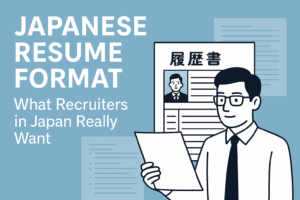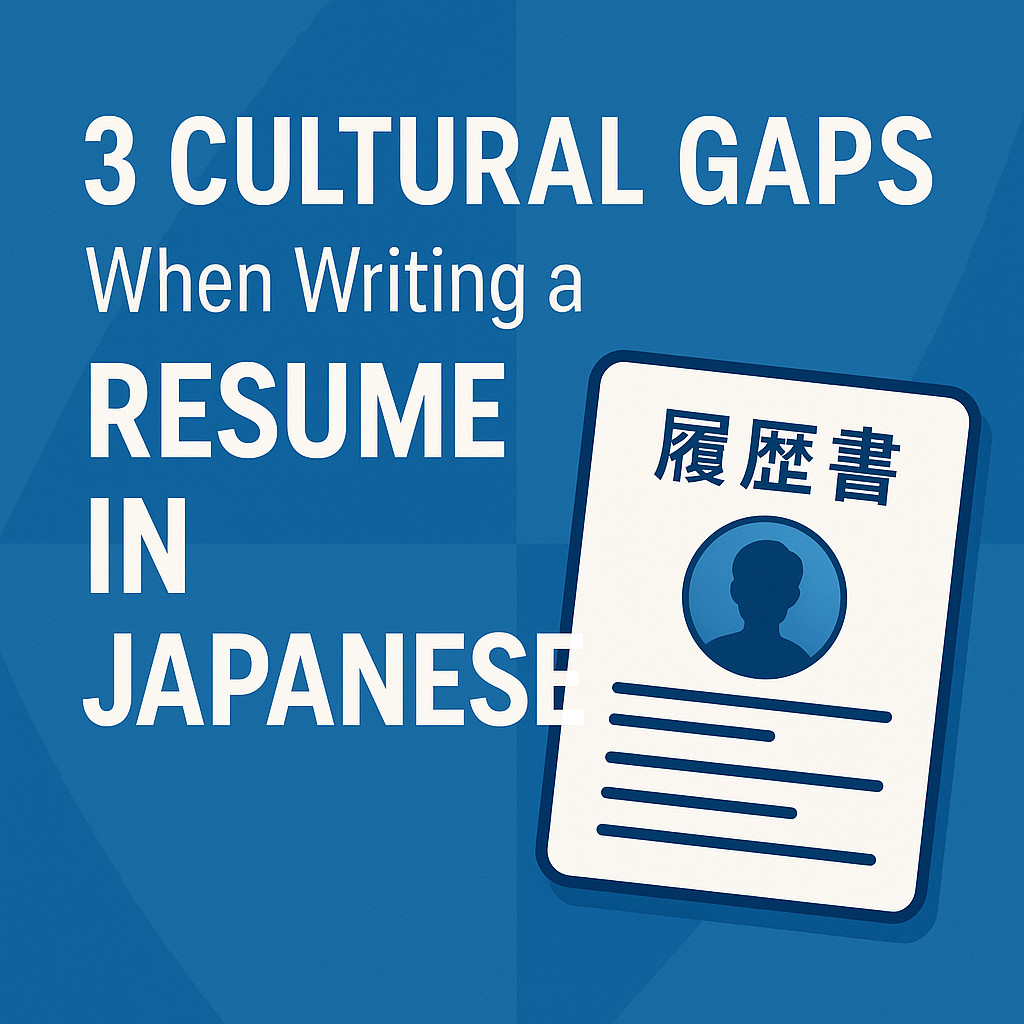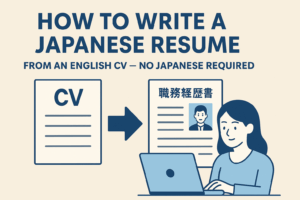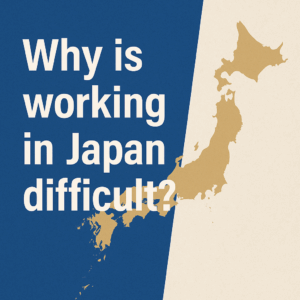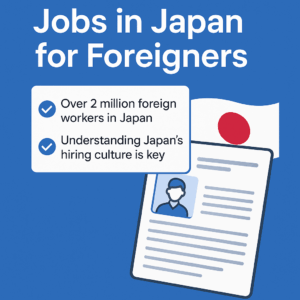Looking for a job in Japan and wondering how to write your resume in Japanese? If you’ve only ever created English resumes, you may be surprised by just how different Japan’s expectations are.
In this article, we’ll explore three major cultural differences in the Japanese resume (Rirekisho) system, why they matter, and how to approach them with confidence. We’ll also touch on how Japanese hiring practices are evolving.
Resume Conversion Kit
Resumes Are About Conformity, Not Individuality
In many Western countries, resumes are meant to showcase your personality and accomplishments. But in Japan, the resume — particularly the Rirekisho — is all about fitting a standardized mold.
- There is a prescribed format, and deviating from it is seen as careless.
- Sections like your date of birth, gender, and even a passport-style photo are still common expectations.
- Self-promotion or creativity in the Rirekisho can come across as unprofessional.
Instead of highlighting uniqueness, the focus is on clearly documenting one’s academic background, employment history, and reason for applying.
Personal Information Is Considered Fair Game
Japanese employers often expect to see personal details that would be off-limits in many other countries.
- Age, marital status, and even your commute time from home to office are seen as relevant.
- Including a recent photo is still common (unless the company has explicitly stated it’s not required).
While some global firms in Japan may adopt international standards, many domestic companies still expect this level of disclosure.
Handwriting and Format Still Matter — Sometimes
Traditionally, resumes in Japan were handwritten to show sincerity and effort. While typed submissions are now widely accepted, the attention to formatting remains strict.
- Spacing, font size, and section headers must follow conventions.
- Minor formatting errors or omitted fields can negatively impact your application.
That said, younger companies and startups may be more flexible. It’s important to research the company’s expectations — or when in doubt, err on the side of formality.
Japan Is Changing
The good news? Japan’s hiring practices are evolving.
- More companies now accept digital applications.
- Some are moving away from requiring personal photos or handwritten documents.
- International firms tend to be more flexible with format and personal data.
Still, many traditional employers — especially in non-tech industries — prefer the conventional style. Understanding this context can help you avoid common pitfalls.
Final Thoughts
Understanding the cultural expectations behind the Japanese resume can save you from costly mistakes. If you want to know more about how to create a strong application in Japan, including the more detailed Shokumukeirekisho (職務経歴書), check out our related article below:
👉 How to Write a Japanese Resume (Shokumukeirekisho) — Even If You Don’t Know Japanese
This practical guide explains how to approach the more detailed career summary document — and how to get it done, even without writing in Japanese.
Read this next
